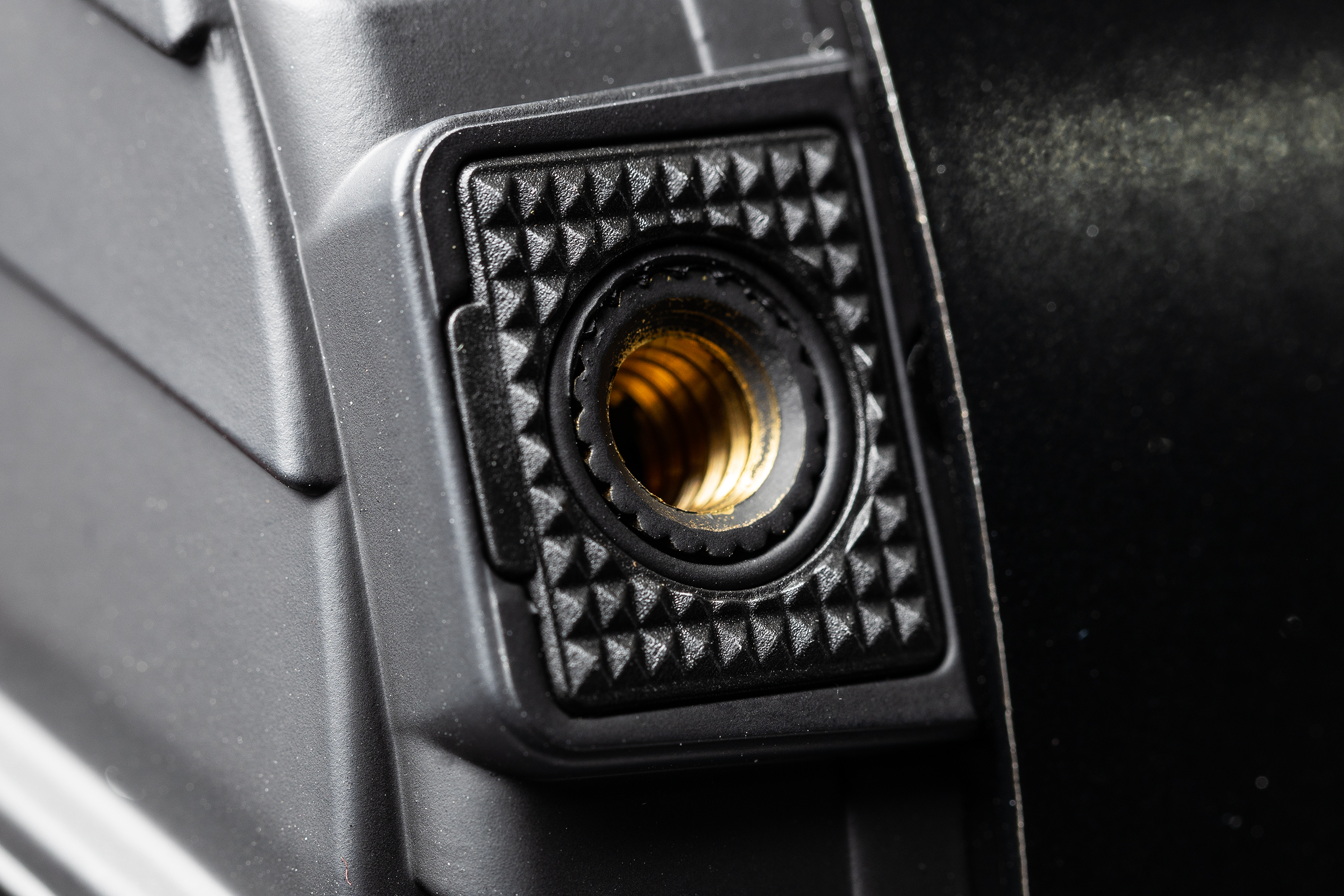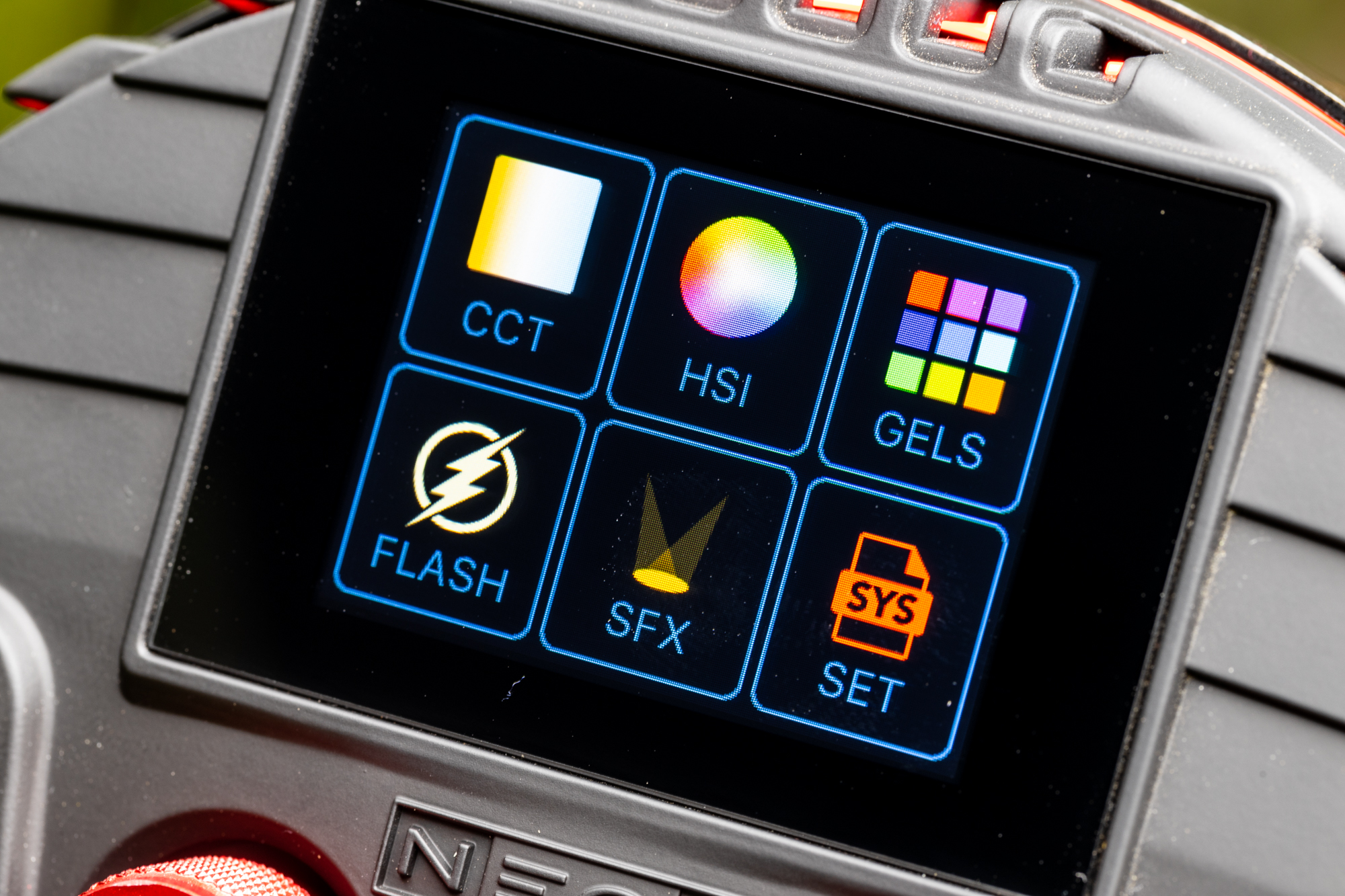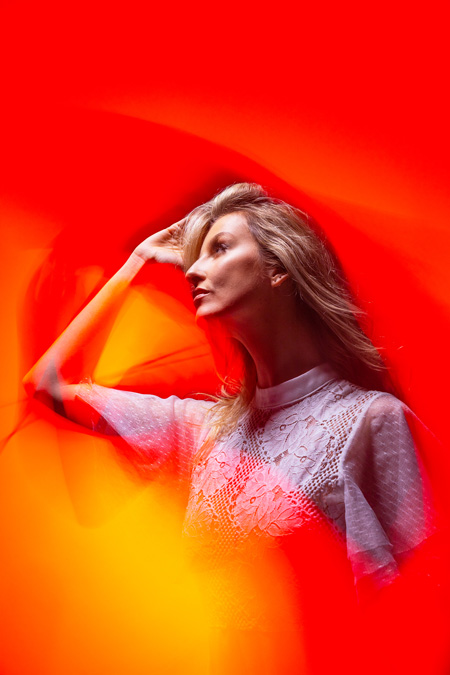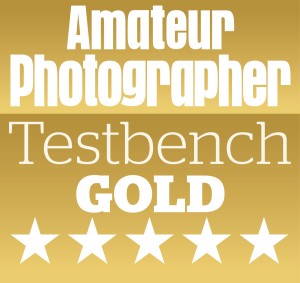The NEO 3 PRO at a glance:
- £649
- Continuous or flash LED light
- 2500 ready to use gel colours
- 16.7 million HSL colours
- Compatible with major brand flash triggers
- Easy to use touchscreen interface
- iOS and Android app control
In 2019, Rotolight broke new ground in the lighting market when it introduced the NEO 2 and AEOS bi-colour hybrid LED continuous luminaires, which could also shoot flash using one unit. Since then, the firm has developed and improved the lights, initially with the introduction of the NEO 3 and AEOS 2 in 2021, which brought full-colour output via RGBWW LEDs.
Now we have updated PRO versions with improved light output, software, and hardware. As before, both lights share the same features and control interface, but differ in size and output. The NEO 3 PRO is smaller, at 14.5cm in diameter. Its size makes it ideal to use on-camera or on a stand. The AEOS 2 PRO is twice the diameter, and is too large to use on a camera. It’s also considerably more expensive, at £1349 compared to £649.
We will have a look at the smaller NEO 3 PRO first.
Features
Possibly the NEO 3 PRO’s headline update comes with its light output, which is up to 25% brighter than before. This has been increased partly by updated software and partly by redesigned LED lenses. Flash sync is available throughout the colour range, including all gels, CCT and 16.7 million HSI colours.
The light can be controlled remotely from a smartphone via integrated Wi-Fi & Bluetooth, with native iOS & Android Apps. Power is provided by either a high-performance, USB-rechargeable custom NPF-750 lithium battery or an optional AC mains adaptor. Colour accuracy is an impressive 99 on the TLCI scale, which runs from 0-100.
Light output for LED units is not expressed in the same way as for flash, instead the SI unit used is Lux, and the higher the number, the brighter the output. Peak output for the NEO 3 PRO is 5,443 lx for continuous and 10,700 lx for flash.
In tests I’ve metered flash at ISO 100 and ƒ/4, with the light 1m from the subject and set to a colour temperature of 4600K. This is where the RGBWW LEDs are at peak output; the brightness will decrease either side. For continuous output I metered 1/60th second at f/4 and ISO 100, again at 4600K.

On location the light was dappled. A single direct, undiffused NEO 3 PRO set to 4600K gave beautiful light for this portrait. Taken with a Canon EOS R, EF 24 – 105mm f/4 at 105mm, 1/250sec at f/4, ISO 1250. Photo credit: Ian Pack.
High Speed RGBWW flash is available for shutter speeds up to 1/8000th second, enabling both shallow depth of field effects and balancing flash with daylight. There’s zero recycle time, so no waiting for the flash to recharge between frames.
In a first for the industry, the Rotolight NEO 3 PRO has built-in flash receivers for Elinchrom, Godox, Profoto, Neewer and Pixapro, making it compatible with all the most popular systems on the market. Image how RGBWW flash will add to your creativity with your existing flash gear.
The light offers a 50º beam angle, which is ideal for framing from headshot to full length. A magnetic clip-on diffuser is included, which gives a soft light similar to a larger modifier with softly feathered shadow edges and about one stop decrease in light intensity. The NEO 3 PRO can either be mounted to your camera via a cold shoe (supplied) or used off-camera by one of three ¼” threads.

The NEO 3 PRO can be mounted to your camera via a cold shoe or used off-camera by one of three ¼” threads (pictured here). Photo credit: Ian Pack.
A not so new feature, but one that is now more accessible is True Aperture Dimming which negates the need for a hand-held exposure meter. Enter your desired shutter speed, ISO and subject distance, and the internal algorithm calculates the necessary aperture. Change either ISO, distance or shutter speed and a fresh aperture ƒ/stop will show on the display.
For film makers, the award-winning CineSFX™ suite offers numerous built-in special effects, including Fire, Lightning, TV, Gunshot, Paparazzi and much more. These add drama to a scene simply at the touch of a button. All have adjustable frequency and can be saved as presets for future use.
Design
The Rotolight NEO 3 PRO is designed for photographers and film makers on the go. Like the previous version, it’s compact and lightweight, at 150mm in diameter x 50mm in depth (approximately 2 x 6 inches).

The control knobs are red-anodised, CNC-machined aluminium for easy operation even with gloved hands. Photo credit: Ian Pack.
The diffuser dome adds a touch over 25 mm to the depth and snaps into place with rare earth magnets. With the diffuser and NP-7 battery in place, the overall weight is just 740g (26 ounces).
There’s a USB socket for firmware updates, along with external power and flash sync sockets. The control knobs are red-anodised and CNC-machined aluminium. This makes it easy to operate them, even with gloved hands.
Operation
Charge its NP-7 batter and the NEO 3 PRO is ready for use. The rubberised power button gives a distinct reassuring click, and the touchscreen display initially shows a splash screen including the firmware version before the main menu appears.
This shows touch bottons for CCT (Correlated Colour Temperature), HSI (Hue, Saturation, Intensity), Gels, Flash, SFX lighting effects and System Settings, where you’ll find the FDIM True Aperture Dimming function.

The rubberised power button gives a distinct click, and the touchscreen display shows a splash screen including the firmware version before the main menu appears. This shows touch bottons for CCT (Correlated Colour Temperature), HSI (Hue, Saturation, Intensity), Gels, Flash, SFX lighting effects and System Settings. Photo credit: Ian Pack.
If you need to update the firmware, the process is straightforward. Load the latest firmware onto a USB memory stick and insert it with the light turned off. Push down and hold both red knobs and turn on the power. A prompt appears, and once confirmed the firmware loads automatically and the NEO 3 PRO is ready for use.
Rotolight’s smartphone app mirrors the display on the NEO 3 PRO. When you have linked the light or lights to the app, this enables you to control your lights easily without moving from your camera. You can control groups and projects on up to 20 lights simultaneously, direct from the palm of your hand.
Activating the flash function is only a button away. You can select the flash brand you’re working with on the menu, along with the flash output, duration, modelling light power and whole gamut of gels, HSL and CCT. What is a revelation to me is being able to dial in a gel, colour or colour temperature without sorting through wads of gels and then fixing them in place with gaffer tape or clothes pegs.
Flash duration determines the exposure, with the highest flash output at 1/50th second and the lowest at 1/2500th second. As with conventional flash, the shorter the flash duration, the better the ability to freeze movement.
The modelling light is useful when setting up. It can then be turned down or off to conserve the battery power while shooting. In practice, when working with the NEO 3 PRO I use higher ISO settings up to 1,250 depending on the situation. With modern mirrorless cameras there’s much less image noise than with many older DSLRs.
Performance
The NEO 3 PRO is compact and lightweight. This makes it a good choice for photographers and film makers on the move. It’s small enough to tuck into an average camera shoulder bag or backpack, either complete or broken down.
Additionally, it offers ample creative opportunities, as one light does the job of two. There’s no need to carry a wad of lighting gels and for diffusion there’s the dome diffuser. For additional diffusion for portraits or headshots, all you need is an umbrella swivel mount and white shoot-through umbrella.

A combination of flash from a NEO 3 PRO to freeze the model’s face, and continuous light from a backlit diffused AEOS 2 PRO, with intentional camera rotation to create blur. Taken with Canon EOS R, EF 24-105mm f/4 L at 65mm, 1sec at f/8, ISO 100. Lighting set-up: Jake Hicks, Rotolight Master of Light. Photography: Ian Pack.
On a recent test shoot with Sam Nash, a Rotolight Master of Light, we photographed outdoors for 3 – 4 hours using both a NEO 3 PRO and AEOS 2 PRO. Using the lights in continuous mode had little effect on battery life. My guess is two or three batteries will be necessary for most assignments.
The flash recycle time is zero, unlike conventional xenon flash where capacitors need to charge and then discharge to stimulate the gas inside of a sealed glass tube to create the flashlight. With LEDs there is no delay as power is there all the time. I’ve yet to try it, but in principle you could shoot at 30 fps to simulate video with a Canon EOS R3 camera.
Verdict
The Rotolight NEO 3 PRO is viable as either a standalone lighting system, or one that now integrates with the popular flash brands. It’s growing in popularity with wedding and portrait photographers and film makers who work in sometime tricky lighting conditions.
I highly recommend joining a Rotolight photo walk. If you get the opportunity, see the NEO 3 PRO in action and try it for yourself. At the recent press launch even the AP technical editor showed a glimmer of enthusiasm when he saw and tried the new lights.
In my mind, there is little doubt that hybrid LED flash is the way forward. These are still early days, of course, but Rotolight is shaping the future of lighting for both photography and moving image production.

Featured image credit: Ian Pack.
Follow AP on Facebook, Twitter, Instagram, and YouTube.









